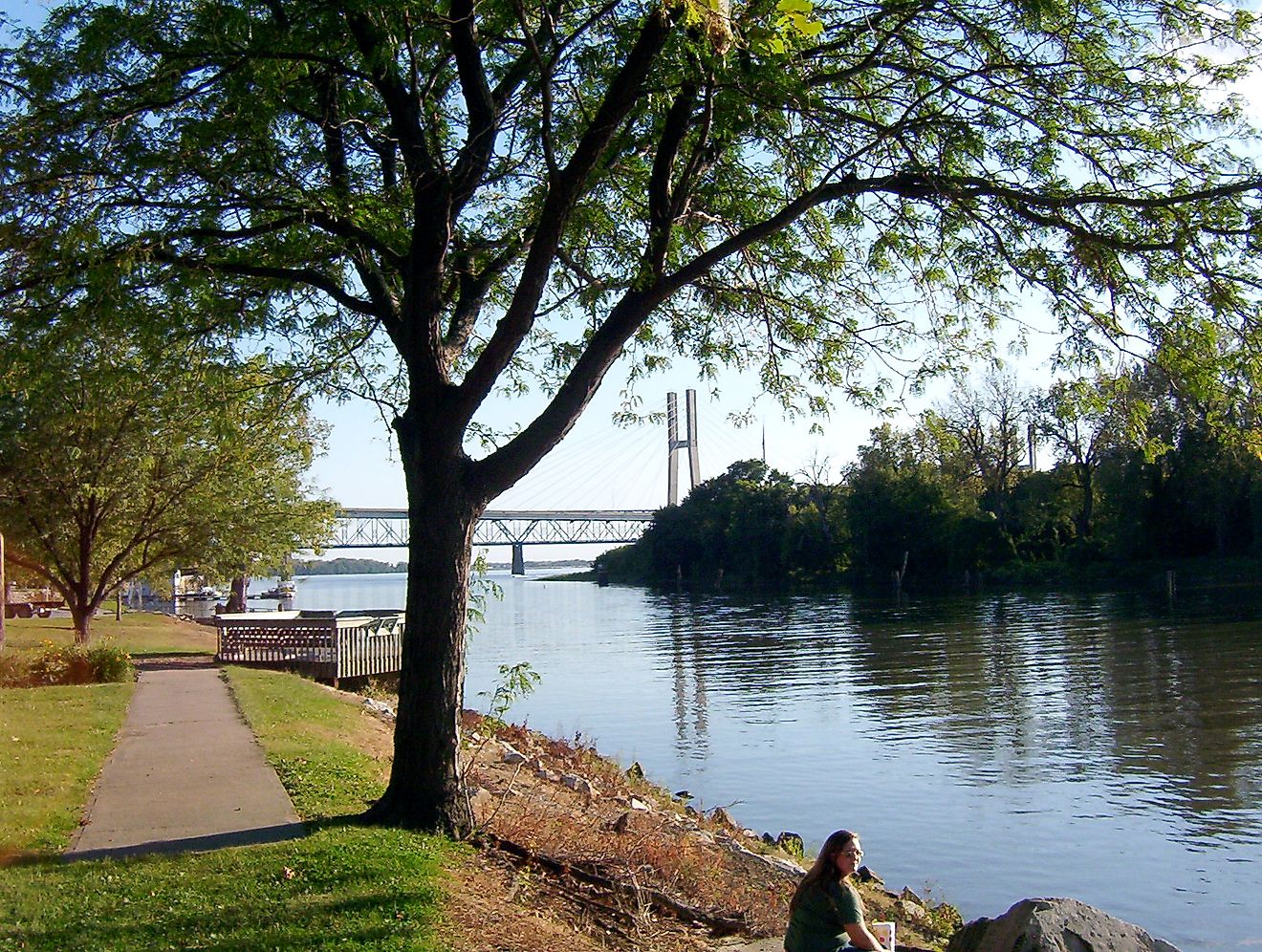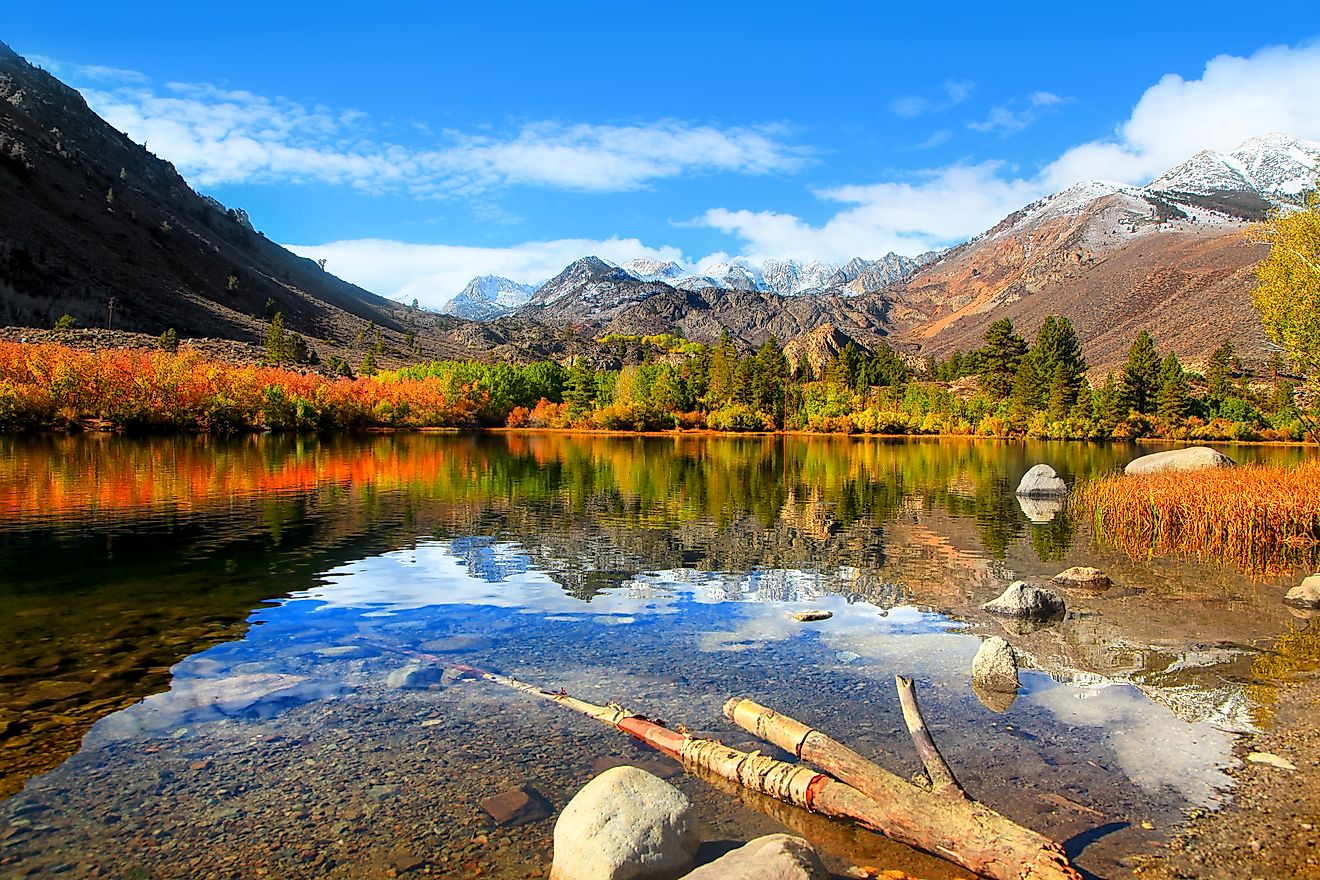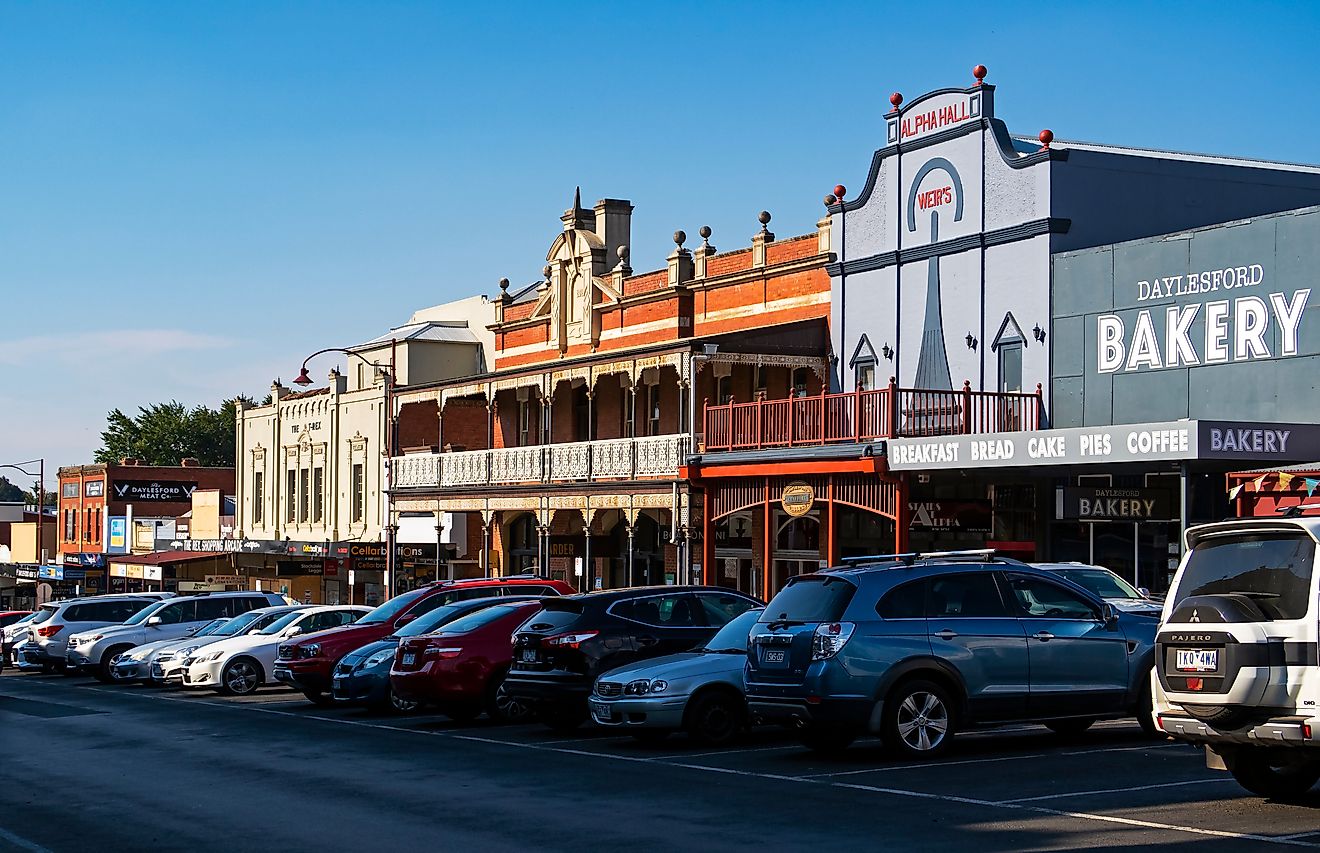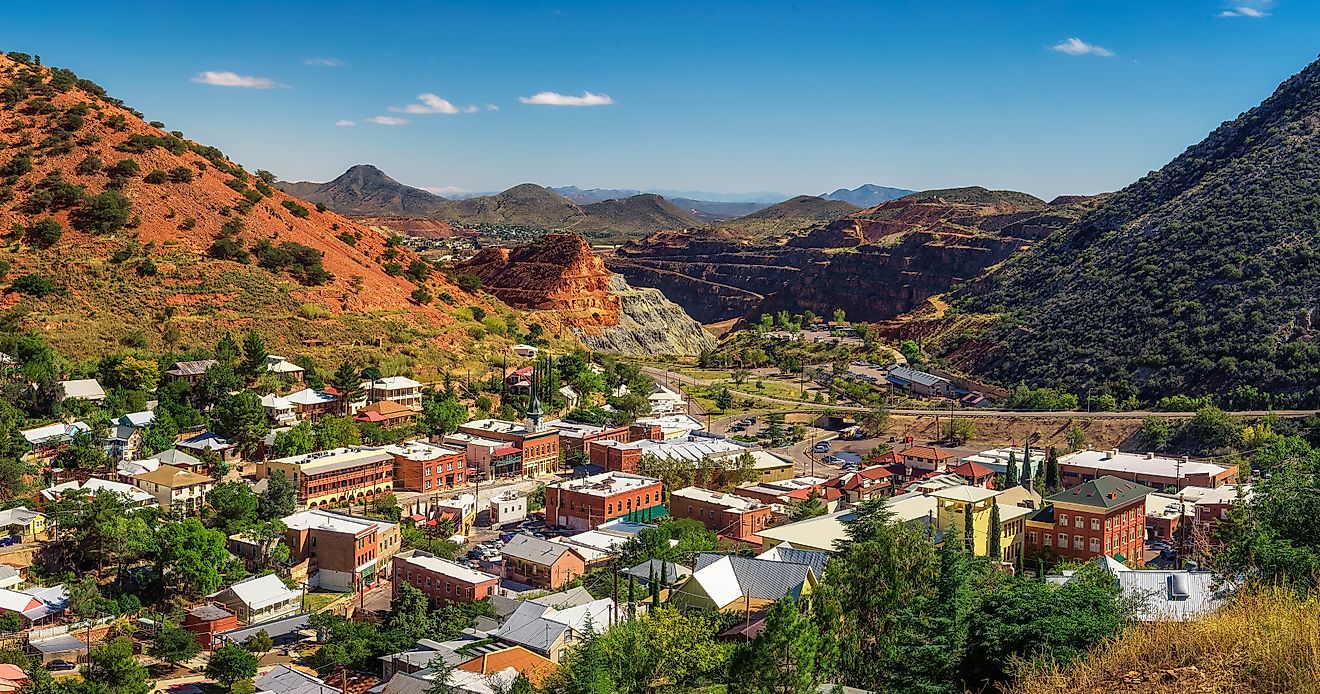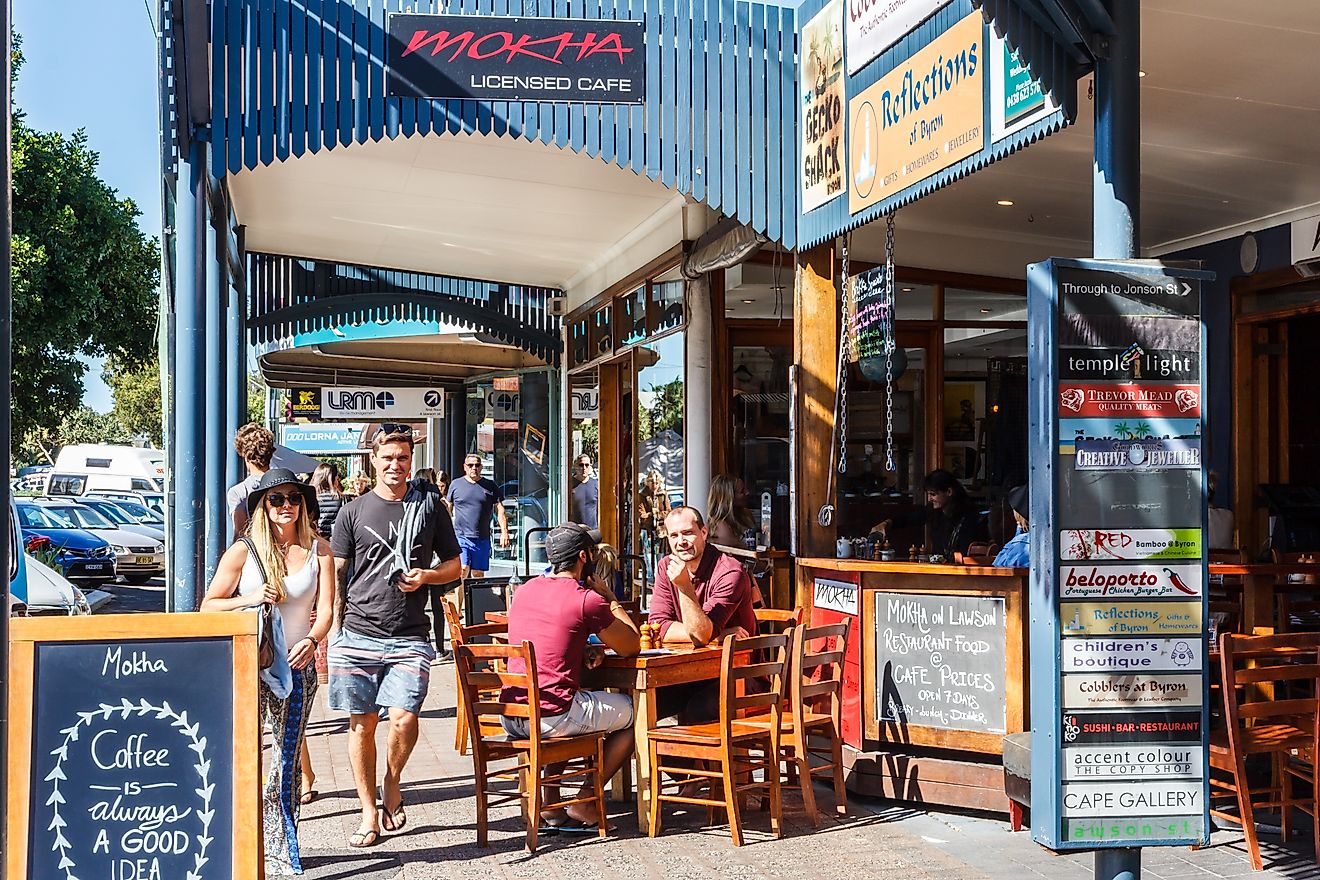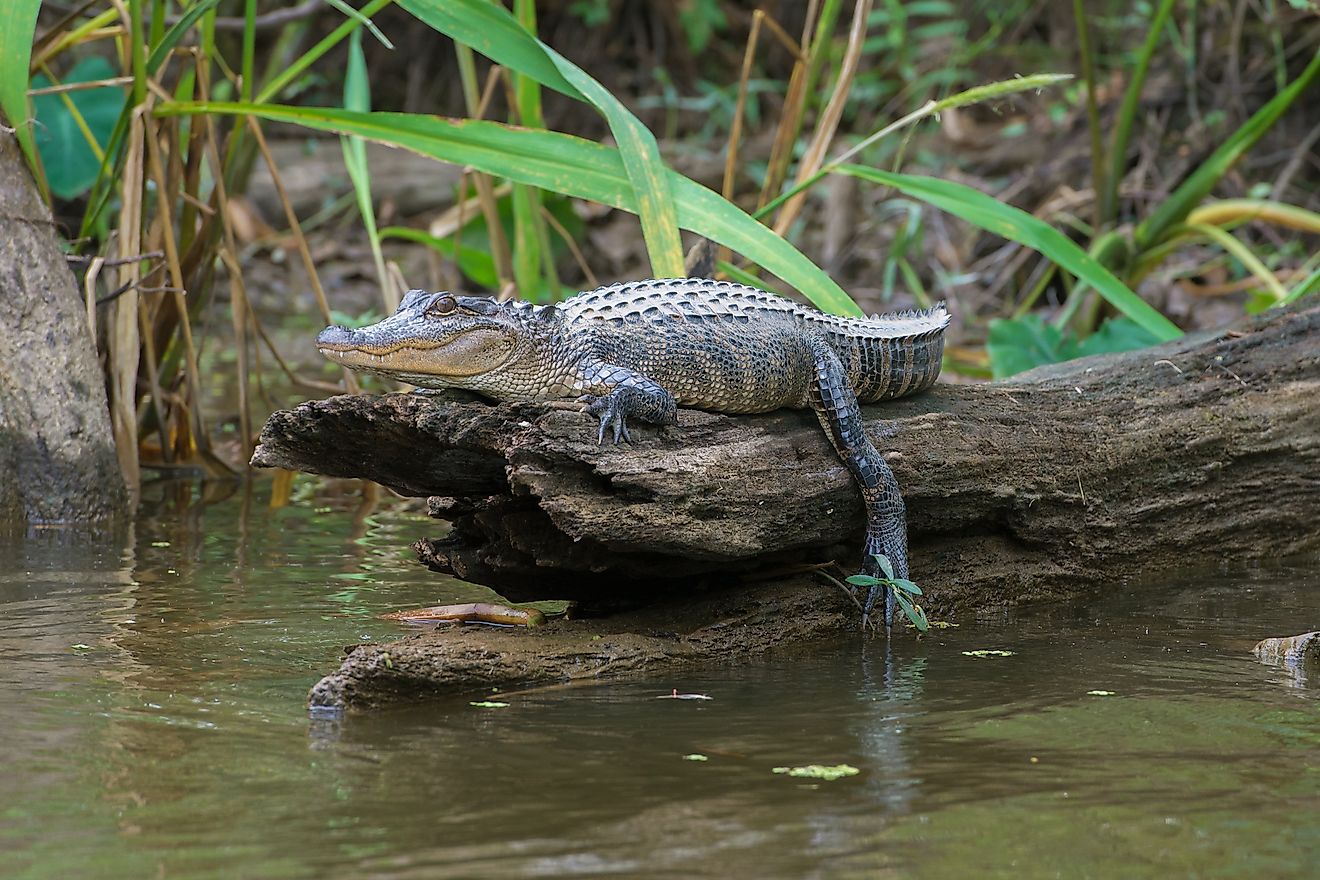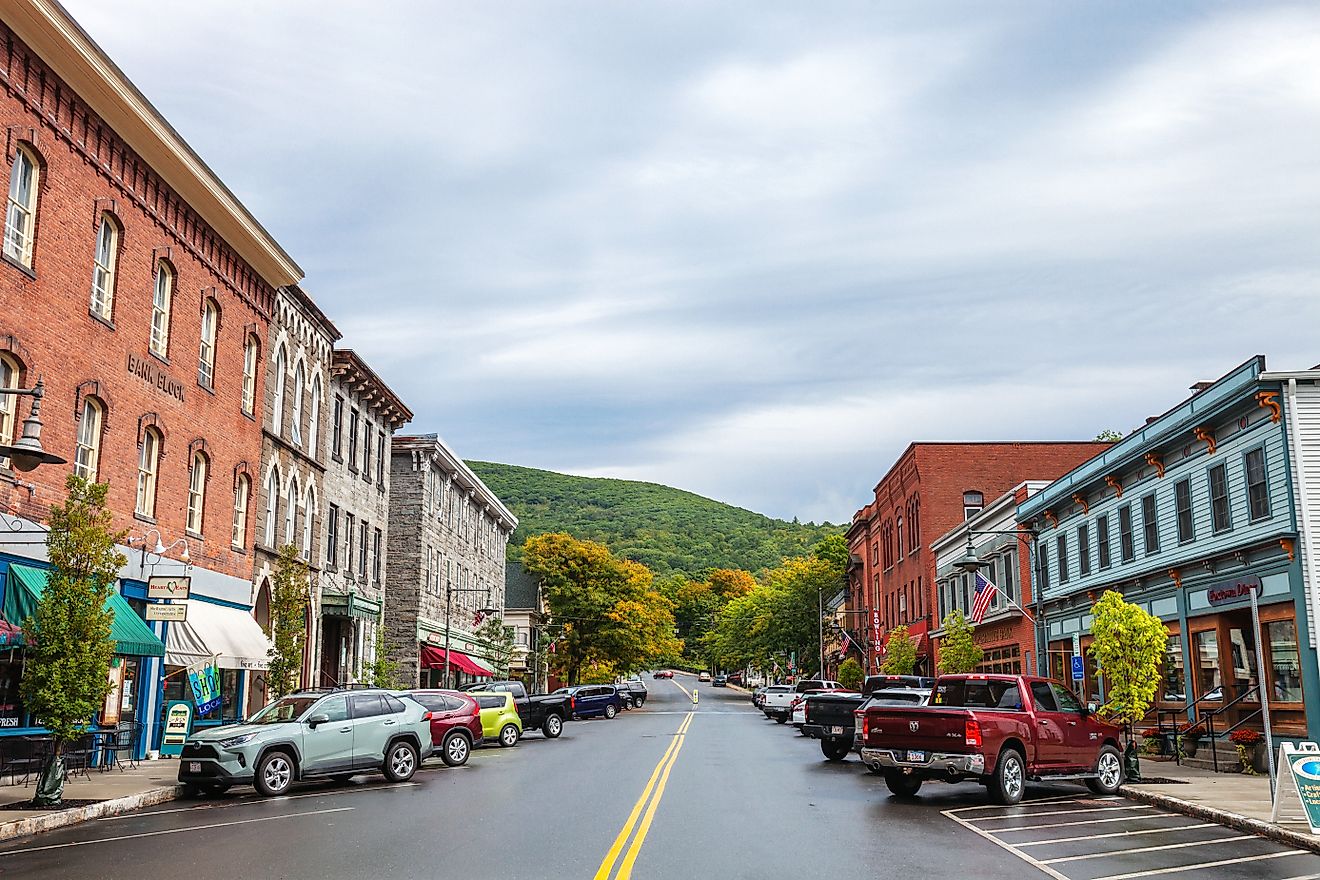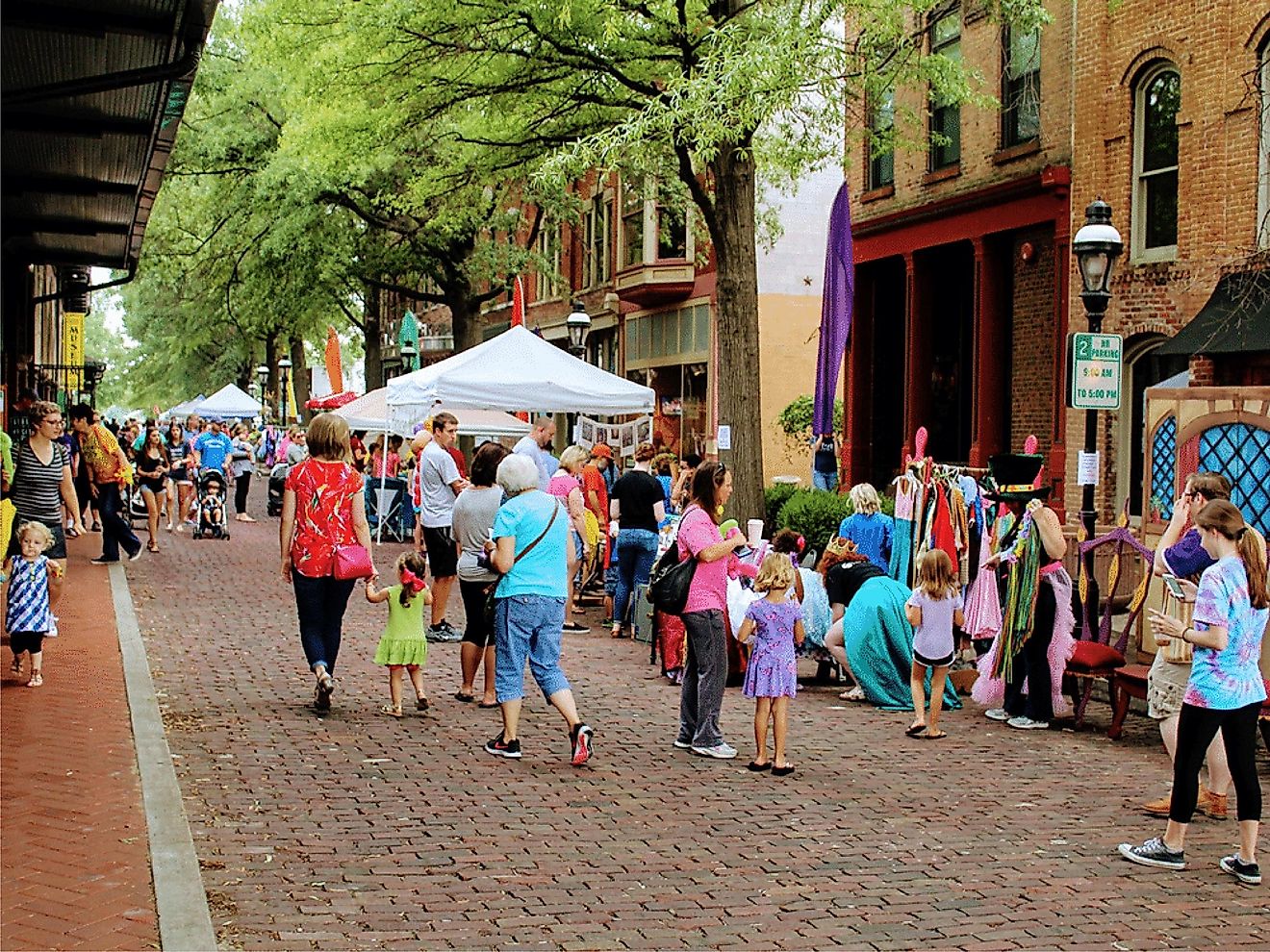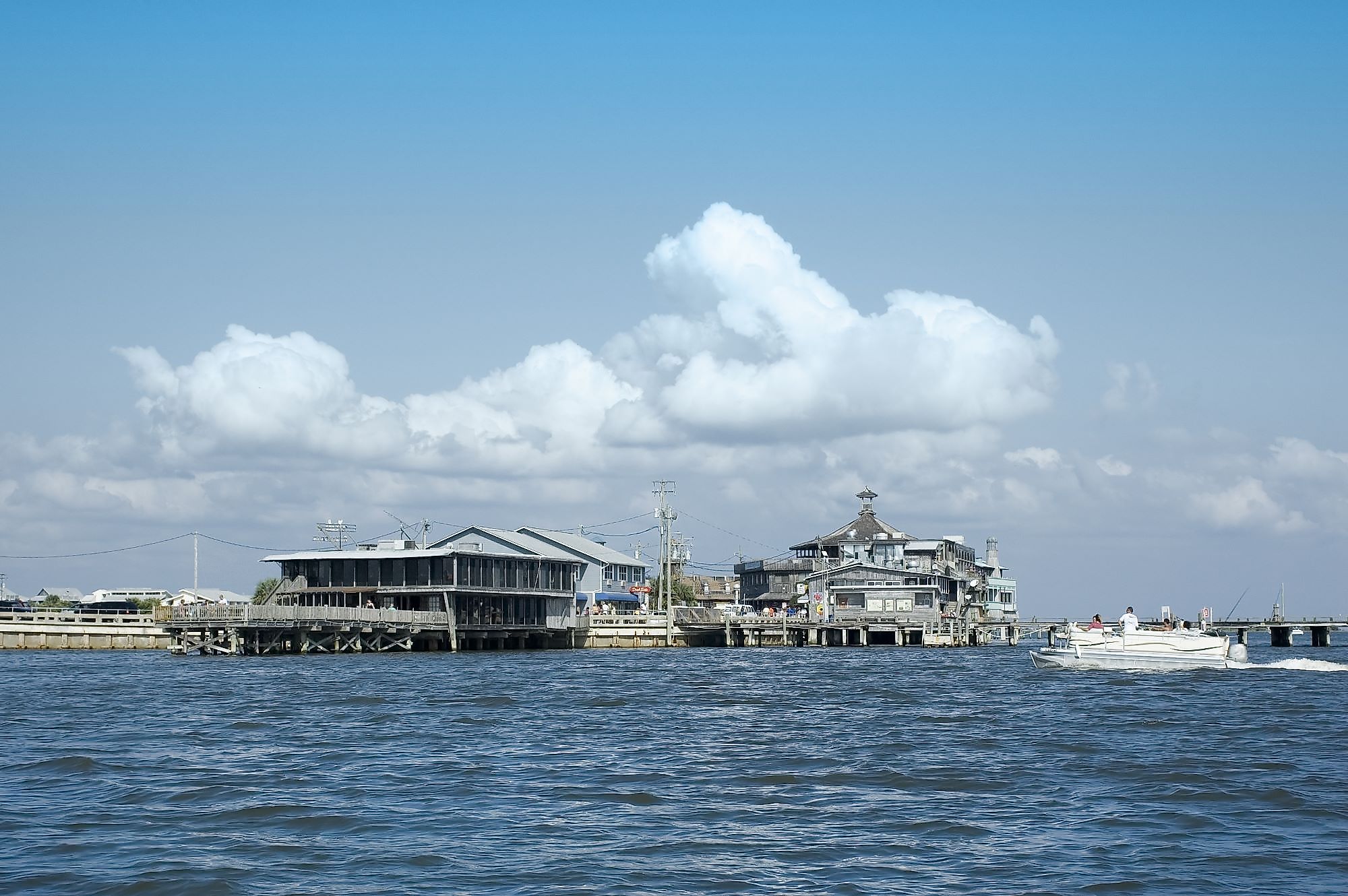
Cedar Key, Florida
Cedar Key is a living remnant of Old Florida that has become an attraction for tourists who want to step outside of time. Cedar Keys is the collective name for an island cluster named after the eastern red cedar, or Juniperus virginiana, which covered the area until the late 19th century. With sandy beaches and a natural setting that has been preserved to enjoy in a pristine state, it’s an oasis of calm. Part of the town, Florida’s second-oldest, lies out on the water, and homes are suspended above the Gulf on wooden stilts. Not surprisingly, Cedar Key is known for its many fine seafood restaurants.
Geography And Climate Of Cedar Key
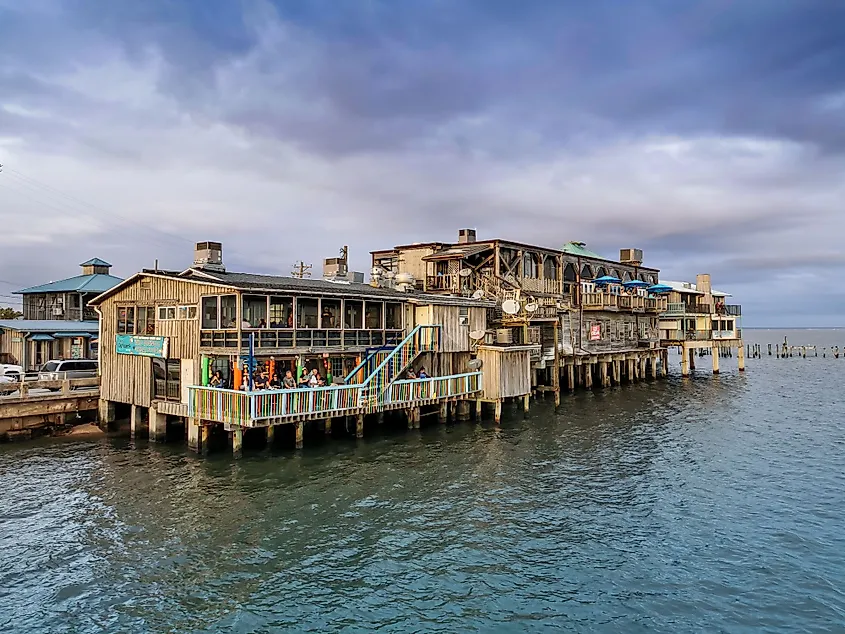
The Cedar Keys are a collection of small islands situated about three miles from the mainland on the Gulf Coast in Levy County, North Central Florida, United States. It lies about 60 miles southwest of Gainesville. Highway 24 is the only route that comes into town, crossing over the salt marshes via four small bridges. The town, located on Cedar Key island itself, covers a total area of 5.63 sq. km, which includes 3.01 sq. km of water and 2.62 sq. km of land. While relatively small in scope, the Cedar Keys are home to a variety of environments, including salt marshes and wooded areas.
As per the Köppen climate classification, Cedar Key experiences a humid subtropical climate. Summers are hot and humid, while the winters are mild. From December to February, daily highs average between 19.2 °C to 19.8 °C. From June through to September, average daily temperatures hover just under 32 °C. Rains are frequent during this period, with July and August experiencing just under 200 mm of precipitation spread over 13 or 14 days each month. The average yearly precipitation is around 1170 mm, well over the national average.
History Of Cedar Key
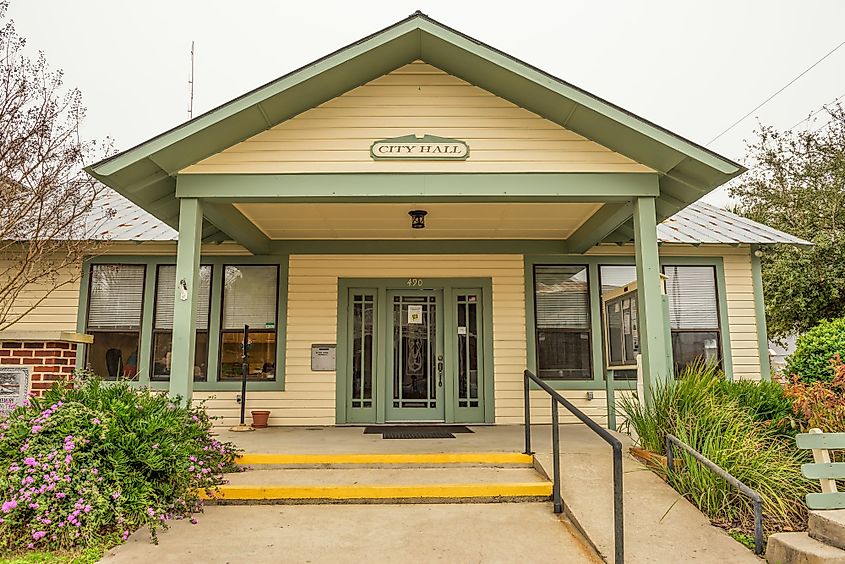
Archaeological evidence of human settlement near Cedar Key dates about 500 BC. Artifacts such as 12,000-year-old spear and arrowheads from the Paleo period are displayed at the Cedar Key Museum State Park. A man called William Augustus Bowles declared himself to be the "Director-General of the State of Muskogee." He built a watchtower in 1801 that was subsequently destroyed by the Spanish army in 1802. During the First Seminole War, a conflict between the Seminole and the United States that took place between 1817 and 1818, Cedar Key became a depot where British subjects delivered supplies to the Seminoles. The Seminoles were aligned with the British, and the conflict was part of a chain of events that caused Spanish forces to cede Florida to the United States. The United States Army set up Fort No. 4 on the mainland during the Second Seminole War. Cedar Key was reserved for military use, and what was to be a permanent lighthouse was established on Seahorse Key. After the army base was abandoned, Augustus Steele, who was US Customs House Officer and postmaster for Tampa Bay, got a permit for Depot Key. He renamed it Atsena Otie Key and created the beginnings of the first town. He established the Cedar Key post office in 1845, although the 1859 charter reads City of Atseena Otie. During the American Civil War, the USS Hatteras raided Cedar Key and burned several ships in the port.
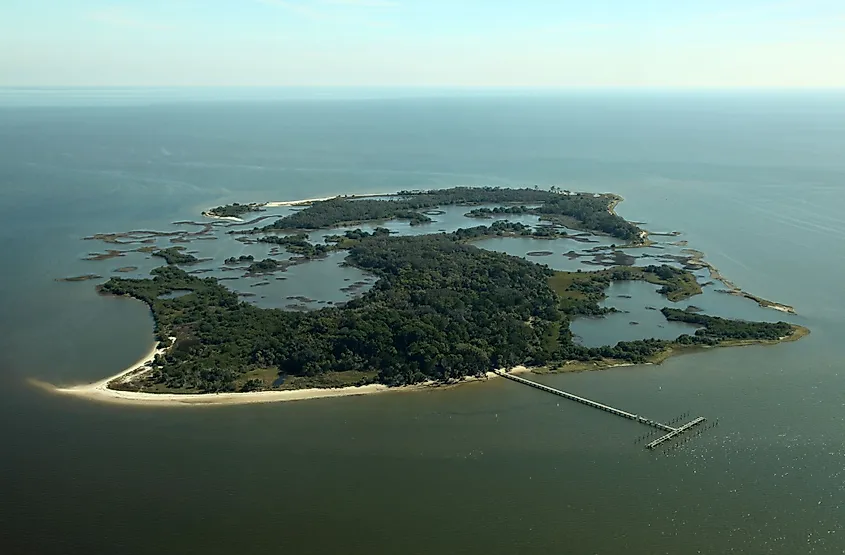
The Union army occupied Cedar Key from 1864 until the war's end. In 1890, town mayor Billy Cottrell ruled as a despotic and violent tyrant over the citizens of Cedar Key. In the spring of 1890, the US government sent a heavily armed naval force to take him from office forcibly. A hurricane devastated the islands in 1896, causing a 3-meter surge that killed more than 100 residents. The hurricane, estimated at a category 3, took out most of the remaining juniper trees and destroyed all the mills. A fire later that year caused even more damage to the struggling town, which was abandoned. The remains of the original town on Atsena Otie Key can still be found, including gravestones and a stone cistern. The Cedar Keys National Wildlife Refuge was created by President Herbert Hoover in 1929, encompassing three of the islands. In 1950, a category-3 hurricane with 125mph winds and 970 mm of rain left about two-thirds of the town destroyed. It was followed by Hurricane Elena in 1985, which caused a wave of destruction along Dock Street. Tourists discovered Cedar Keys as a quiet fishing town, which led to its modern renaissance from about the mid-20th century.
The Population And Economy Of Cedar Key
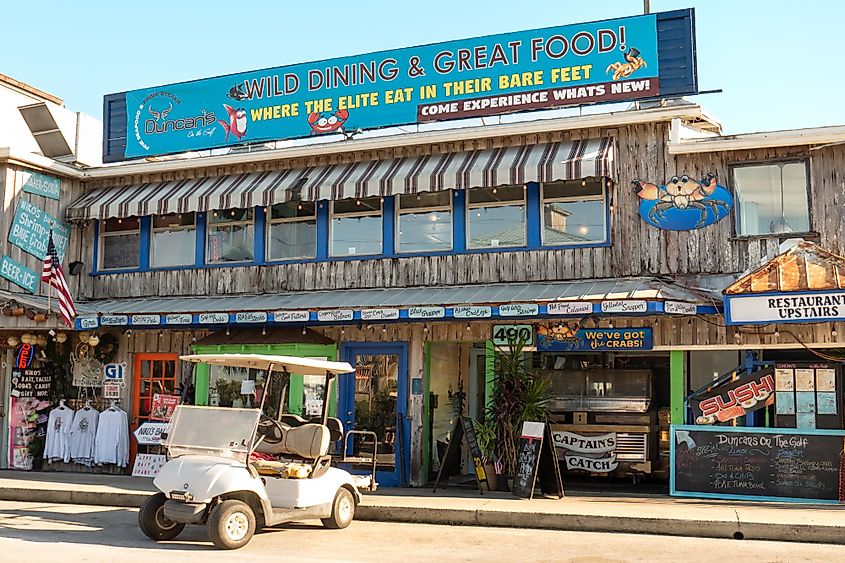
The population of Cedar Key has fluctuated along with its economic fortunes. The town’s first population surge came around the Civil War when it became an important port for lumber and naval supplies. The railroad stop and then the pencil mills brought another wave of residents. Several hundred residents lived in the original town on Atsena Otie Key at its height. After a decline caused by hurricanes and business losses, the population steadily grew as the town became a tourist destination. The population of Cedar Keys was 702 according to the 2010 US Census, down from 790 in 2000. Census records count 411 households and 244 families.
Cedar trees became the key to the islands' and towns' fortunes in the mid-19th century. In 1855, Eberhard Faber bought a tract of land for timber in the area, shipping the wood to his pencil factories in the north. The first pencil mills opened in Cedar Key in 1865, creating a temporary boom in the economy that peaked in the 1880s. The salt trade became important during the Civil War, supplying Confederate soldiers until a Union raid in 1862 destroyed production facilities on Salt Key. Cedar Key became the westernmost stop of the Florida Railroad line in 1860, contributing to the town's growing fortunes. However, a link to Tampa was established in 1886, diminishing Cedar Key's importance. By the early 20th century, fishing and oystering had replaced the mills as the town's major industries. However, over-harvesting led to the exhaustion of the oyster beds by 1909. Large-scale net fishing was banned on July 1, 1995, and a government program helped many fishermen switch to farming clams, an industry that now adds millions of dollars to the town's economy. In modern Cedar Keys, the local economy is mainly supported by tourism.
Attractions In Cedar Key
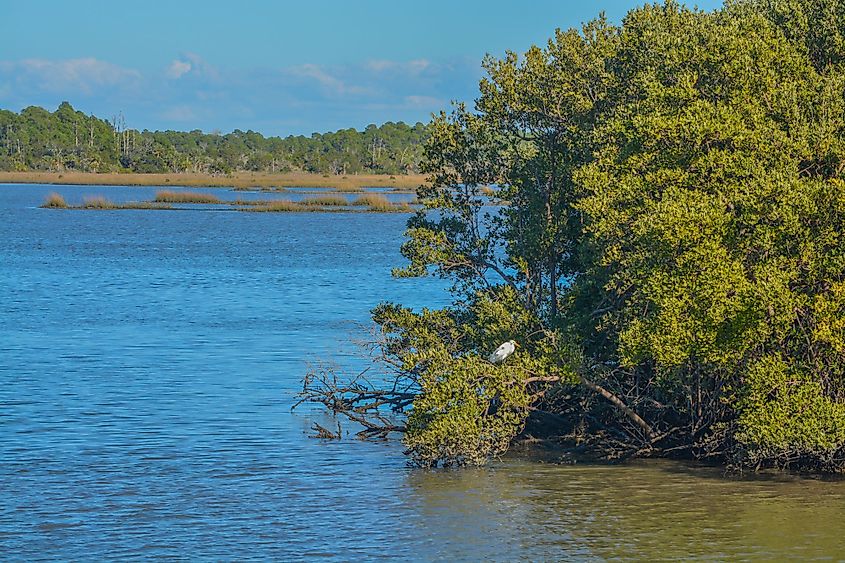
Nature tourism is a chief draw. The Cedar Key National Wildlife Refuge is rich in birds and other local wildlife. Along with exploring the area through hiking or kayaking, the area offers exceptional birding opportunities, with bald eagles, white pelicans, spoonbills, and many other migrating species. Along with its reputation as a center for seafood cuisine, two festivals draw many visitors to Cedar Keys each year. In March, the Fine Art Festival and the Cedar Key Seafood Festival in October take advantage of the drier times of the year.
Visitors are drawn to the peace of Cedar Key, a town with a slow pace and a surprisingly rich history. Old Florida still lives in Cedar Key, a place where there are no high-rises. Despite the ravages of hurricanes over the years, the town’s history is still on display along Dock Street, including many period structures such as Island Hotel, which first opened in 1859 as Parson and Hale’s General Store.

